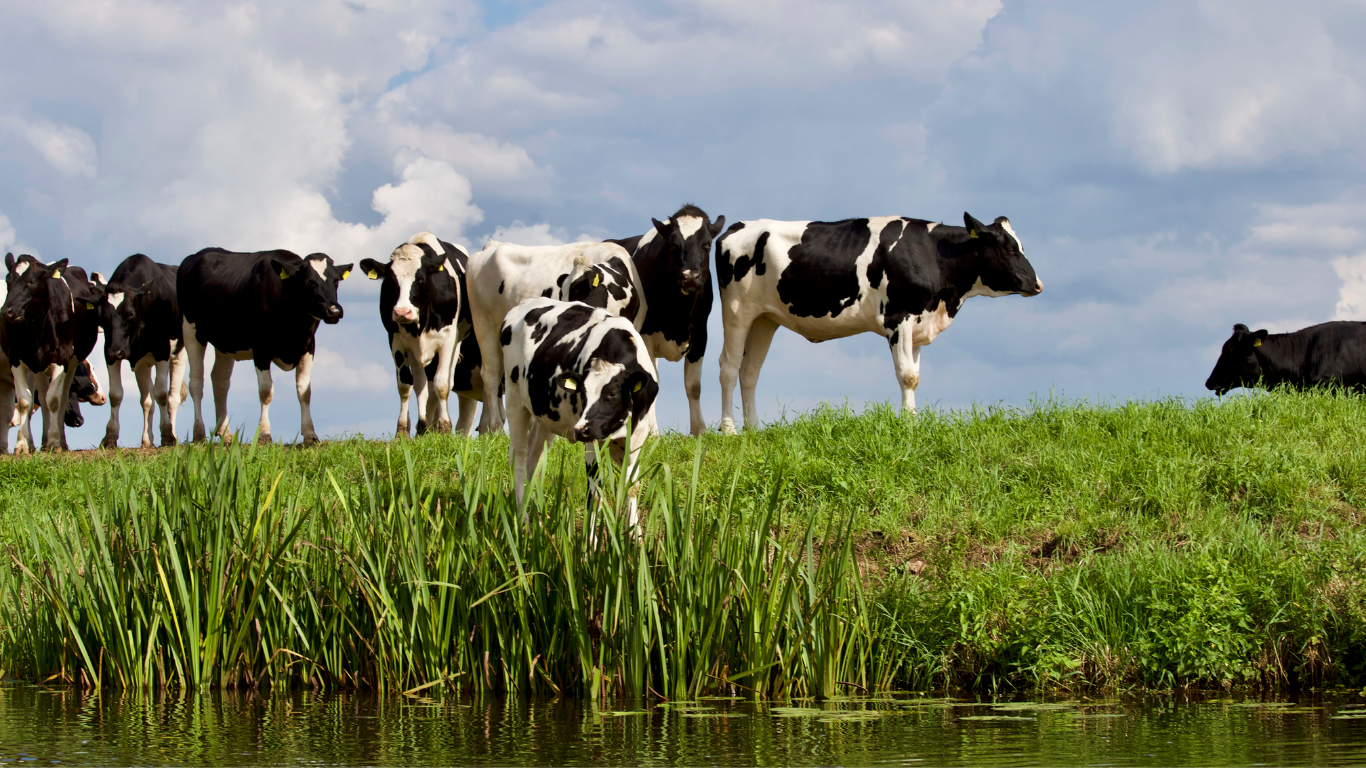The thought of marketing cull livestock is generally not at the top of mind for most livestock producers. However, it is an important decision from both a marketing and management standpoint. More specifically, most livestock producers are entering a period in which cull livestock prices tend to be increasing for cattle and hogs or they will be drastically decreasing for small ruminants. Thus, these seasonal price tendencies can be extremely useful when making marketing and management decisions.
Utility cow prices typically experience their largest price increase in February with prices for this class of animal peeking in May or June. Selling cows at the highest price point in the year may or may not be the best decision, but there is a nice marketing window for this class of animal from February through June. Hog producers generally experience a similar seasonal pattern for slaughter sows. The price of slaughter sows will increase from February through the summer months with a nice marketing window between April and August.
From the small ruminant standpoint, slaughter ewe and doe prices are typically at their peak in January and begin to decline in February. Prices then tend to decline through most of the year. Thus, sheep and goat producers may want to consider marketing cull ewes and does in the near term to capitalize on their current value.

Griffith, Andrew P. . “Seasonal Price Indices for Cull Livestock.” Southern Ag Today 2(5.2). January 25, 2022. Permalink








